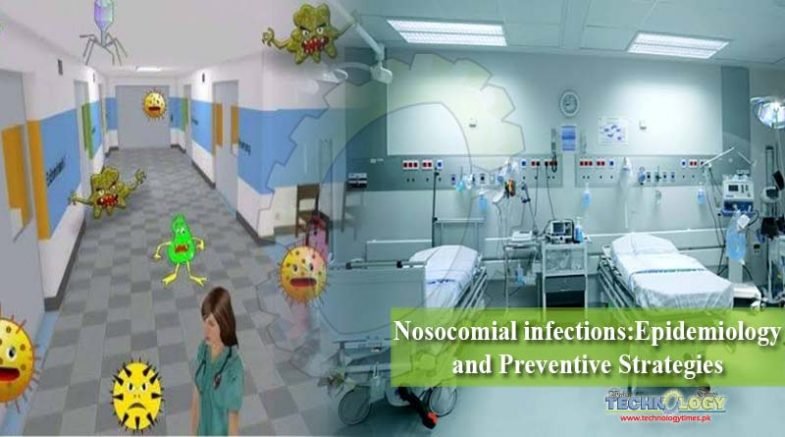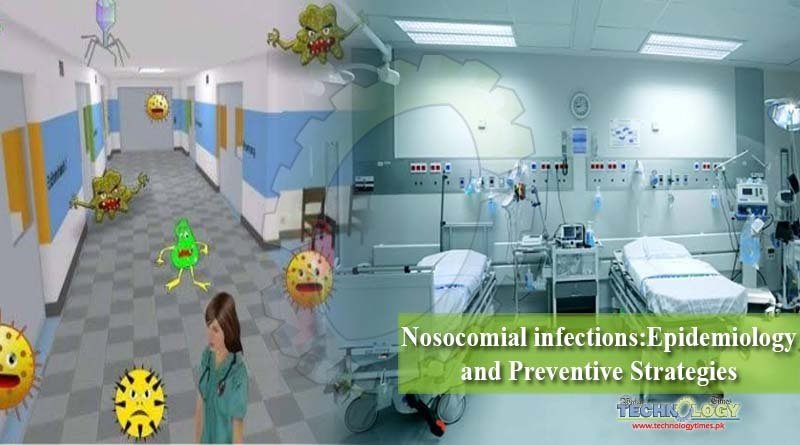Nosocomial infections is one of the biggest source of infection for mankind. From the beginning mankind is suffering for different diseases from different sources throughout the globe. These diseases include viral bacterial fungal infections and have different resources.
 Nosocomial a word used from anything acquired from hospital. A person suffers from large number of different infections from hospitals during its stay. These nosocomial infections are very common in developing countries of Asia Africa and Sri Lanka including Pakistan. Different reports had been presented to estimate the epidemiology of nosocomial infections throughout the globe every year.
Nosocomial a word used from anything acquired from hospital. A person suffers from large number of different infections from hospitals during its stay. These nosocomial infections are very common in developing countries of Asia Africa and Sri Lanka including Pakistan. Different reports had been presented to estimate the epidemiology of nosocomial infections throughout the globe every year.
According to report of WHO 75% of world population suffered from nosocomial infections. Extended prevalence of infections in intensive care (Epic-ll) estimated that in occurrence of nosocomial infection is 50% in developed countries however in developing countries this risk increased to a very dangerous level . In developing countries like Pakistan every 7th out of 10 people suffering from nosocomial infections. National health safety network and centre for control diseases (CDC) classified infections into 13 types and 50 different sites. The common sites are Unitary track infections, respiratory infections, reproductive infections, nervous infections.
Nosocomial infections are classified into various types like
- Central line blood stream infections
- Catheter associated unitary track infections
- Surgical site infections
- ventilator associated infections
Nosocomial infection increased three folds throughout the world and this is now causing alarming effects on human health throughout the globe especially in developing countries like Pakistan India Bangladesh Syria Afghanistan Iran. Mostly common infections are caused by Staphylococcus aureus, Pseudomonas aeruginosa, and E. coli.
Some major reasons of increased chances of nosocomial infections are as follow:
- Over population
- Low literacy rate
- Lack of proper training
- Lack of sanitation
- Lack of facilities
- Lack of proper knowledge
Preventive measures:
Following are some preventive measures that should be adopted in order to avoid the nosocomial infections
- Health care workers should be properly trained especially those which are in direct contact with patients.
- Proper vaccinations courses should be made compulsory for all health medical and para medical staff.
- Proper sanitation hygienic measures system should be adopted in all hospitals.
- Used syringes should be disposed off properly.
- Mask gloves lap coats should be used while working with patients
- Proper dis infectant spray should be done on regular basis to avoid spread of nosocomial infections.
- Separate rooms should be there for patients suffering from some contagious patients.
- There should be separate Utensils canteens washrooms bathrooms for persons suffering from dangerous contagious diseases.
- Seminar should be arranged to educate the people about this problem.
- Family members and visitors of patients should be properly guided to avoid spread of infections.
- Special monitoring teams should be made by the Government to check the hygienic status of hospitals. All the government and private health controlling authorities should take responsibility and play their role to eradicate or minimize this problem for the welfare of mankind.
